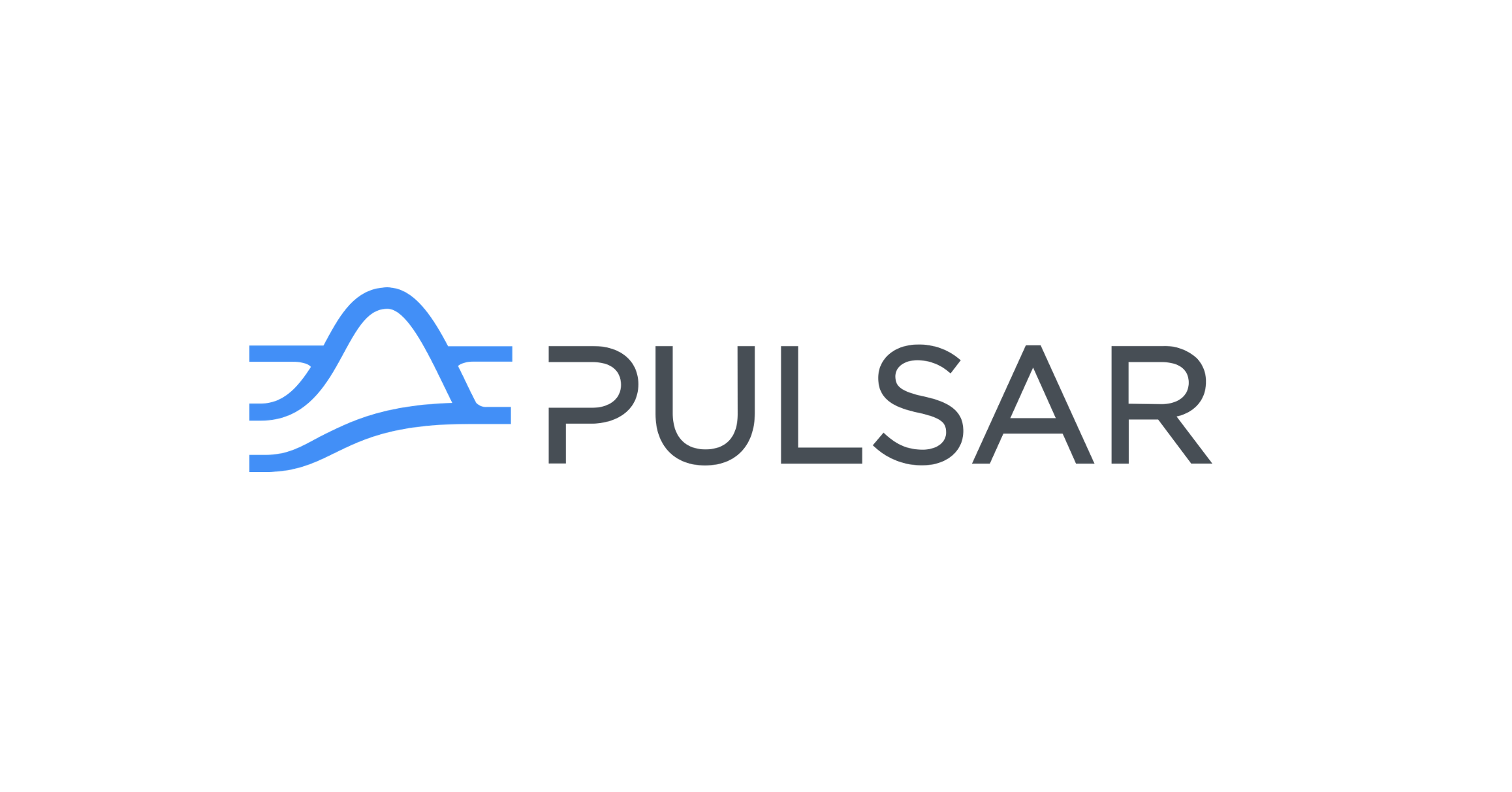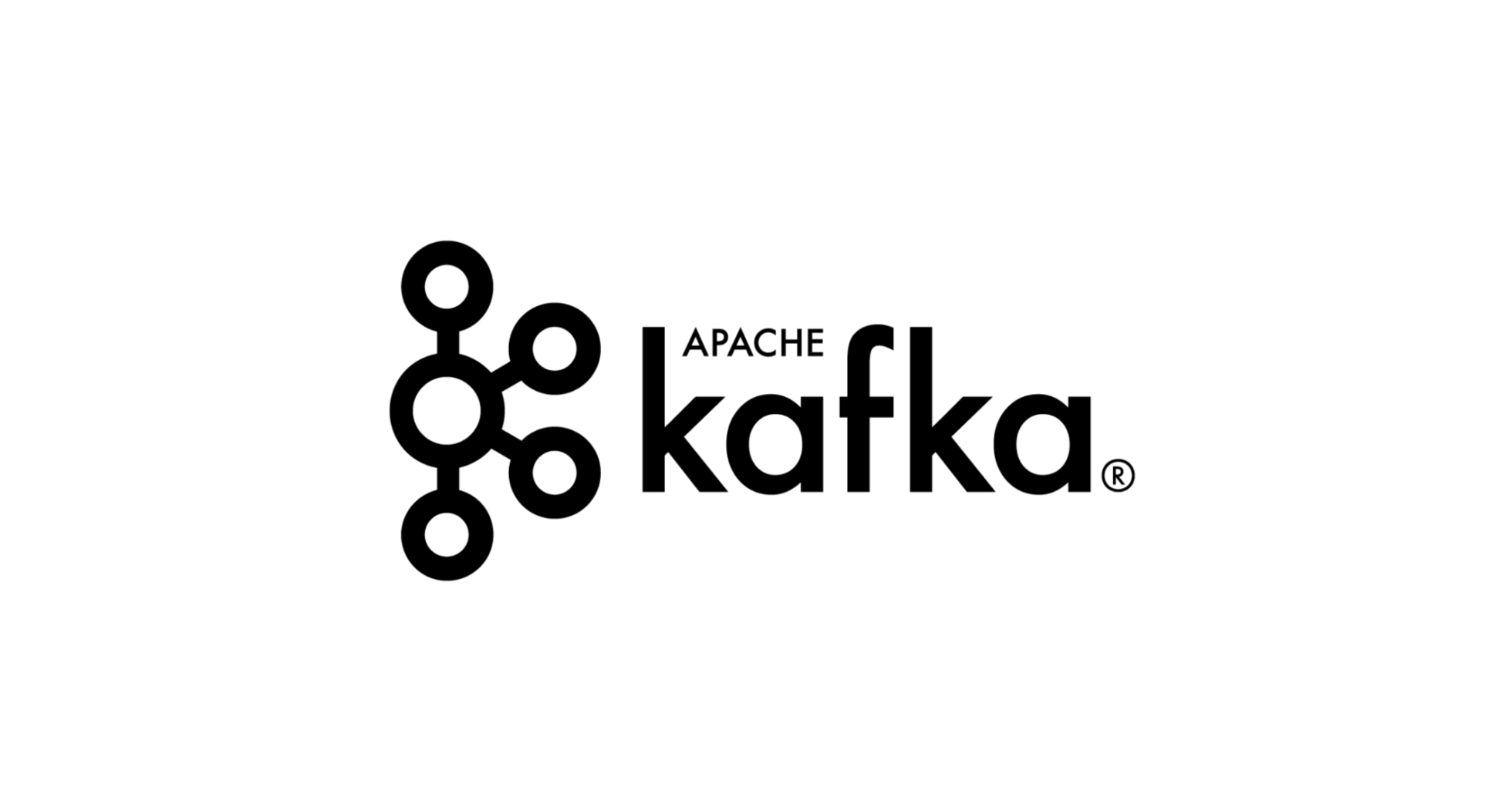Big Industries Academy
Exploring Messaging and Streaming Technologies Part6: Redpanda

In this latest installment of Francine Anestis's series on Messaging and Streaming technologies, she takes a deep dive into the realm of Redpanda. Here, she explores the platform's Key Features, Architecture, Use Cases, Strengths and Weaknesses, Cost, and Maturity Level, providing valuable insights for readers.
Redpanda is a modern streaming data platform built from the ground up to provide a high-performance and efficient alternative to Apache Kafka. It aims to simplify and improve data streaming with a focus on speed, resource efficiency, and compatibility.
Key Features
-
Kafka Compatibility: Redpanda is designed to be fully Kafka API compatible, giving the opportunity to existing Kafka clients and applications to work seamlessly without modification. It provides simple drop-in replacement, allowing users to switch from Kafka to Redpanda without changing their codebase.
-
High Performance: Redpanda achieves significantly lower latencies compared to traditional Kafka deployments. It is optimized for high throughput, making it suitable for high demanding streaming workloads. (1-10 milliseconds for 1MB/s throughput)
-
Simplified Architecture: Redpanda runs as a single binary, simplifying deployment and operations. In addition to that, it eliminates the need for Zookeeper and JVMs, reducing complexity and improving reliability.
-
Resource Efficiency – Low Operational Costs: Designed to make better use of modern hardware, including NVMe (Non-Volatile Memory Express) storage and multi-core processors. More efficient resource usage translates to lower infrastructure and operational costs.
-
Scalability: Easily scales storage capacity without impacting performance.
-
Highly available: It supports automatic failover, replication, and recovery to ensure high availability.
-
Deployment: It provides container images and orchestration support for Kubernetes.
-
Delivery: Redpanda supports at-least-once or at-most-once message delivery.
-
Message Ordering: It supports partition-level ordering, securing messages write in the topic and messages read from the topic in a specific partition in the right order.
-
Encryption: Redpanda supports native encryption features to ensure data security both in transit and at rest.
Architecture
Redpanda’s architecture is designed to optimize performance and simplicity:
-
Redpanda broker: A single binary instance with built-in schema registry, HTTP proxy, and message broker capabilities.
-
Redpanda cluster: One or more instances of Redpanda brokers, and aware of all members in the cluster. Provides scale, reliability, and coordination using the Raft consensus algorithm.
-
Topic: The component in which the messages are sent from a Producer and consumed by a Consumer.
-
K8s worker node: A physical or virtual machine that runs the containers and does any work assigned to them by the K8s control plane.
-
K8s cluster: Group of K8s worker nodes and control plane nodes that orchestrate containers running on top with defined CPU, memory, network, and storage resources.
-
Pod: A runtime deployment of the container that encapsulates Redpanda broker - ephemeral by nature, and shares storage and network resources in the same K8s cluster.
Use Cases
- Real-Time Analytics:
- Ingest and process streaming data in real-time for analytics and decision-making.
- Event-Driven Architectures:
- Build responsive and scalable event-driven applications.
- Log Aggregation:
- Centralize and process logs from multiple sources for monitoring and analysis.
- Microservices Communication:
- Enable reliable and asynchronous communication between microservices.
Strenghts
-
Performance: Superior performance in terms of latency and throughput compared to traditional Kafka deployments.
-
Efficiency: More efficient use of hardware resources, leading to lower costs.
-
Simplicity: Simplified architecture with no external dependencies like Zookeeper.
-
Compatibility: Full compatibility with Kafka APIs, enabling easy migration and integration.
Weaknesses
-
Ecosystem Maturity: While compatible with Kafka, the ecosystem around Redpanda might not be as mature or extensive as the Kafka ecosystem.
-
Protocols: For the time being, it supports only Kafka’s native protocol.
-
Vendor Lock-In: Using Redpanda-specific features could lead to vendor lock-in, making it harder to switch to other platforms.
-
Community and Support: Smaller community and less extensive support compared to Apache Kafka, which has a large and active user base.
Cost
Pricing for Redpanda varies based on deployment model:
- Self-Managed: Users can deploy Redpanda on their own infrastructure. Costs include hardware, cloud resources, and operational overhead.
- Managed Service: Redpanda offers a managed cloud service with pricing based on resource usage, similar to other managed Kafka services.
For more details, fill and submit the following form: https://redpanda.com/price-estimator
Maturity Level
Emerging (2020): Redpanda is a relatively new entrant in the streaming data platform space, but it has quickly gained attention due to its performance and ease of use. It is actively developed and supported by Vectorized, the company behind Redpanda.
Conclusion
Redpanda presents a compelling alternative to Apache Kafka with its high performance, simplicity, and resource efficiency. It offers full Kafka compatibility, making it an easy drop-in replacement for existing Kafka deployments. While it may not yet have the extensive ecosystem and community support that Kafka enjoys, its modern architecture and focus on efficiency and performance make it an attractive option for organizations looking to optimize their streaming data infrastructure.


Francine Anestis
My diploma thesis as well as my internship being on ETL, Analysis and Forecasting of Big Streaming Data, I am keen on learning more and immersing myself in Data Engineering and Data Space in general. Building data pipelines, using Kafka, databases and algorithms captivated me during my studies as Electrical and Computer Engineer and as a result I decided to dedicate myself on Data Engineering. I am very excited starting my learning and career path at Big Industries. Regarding my skills, if I had to choose one programming language and a platform, I would say that Python and Kafka are my strongest assets, but I am looking forward to extending that list.



